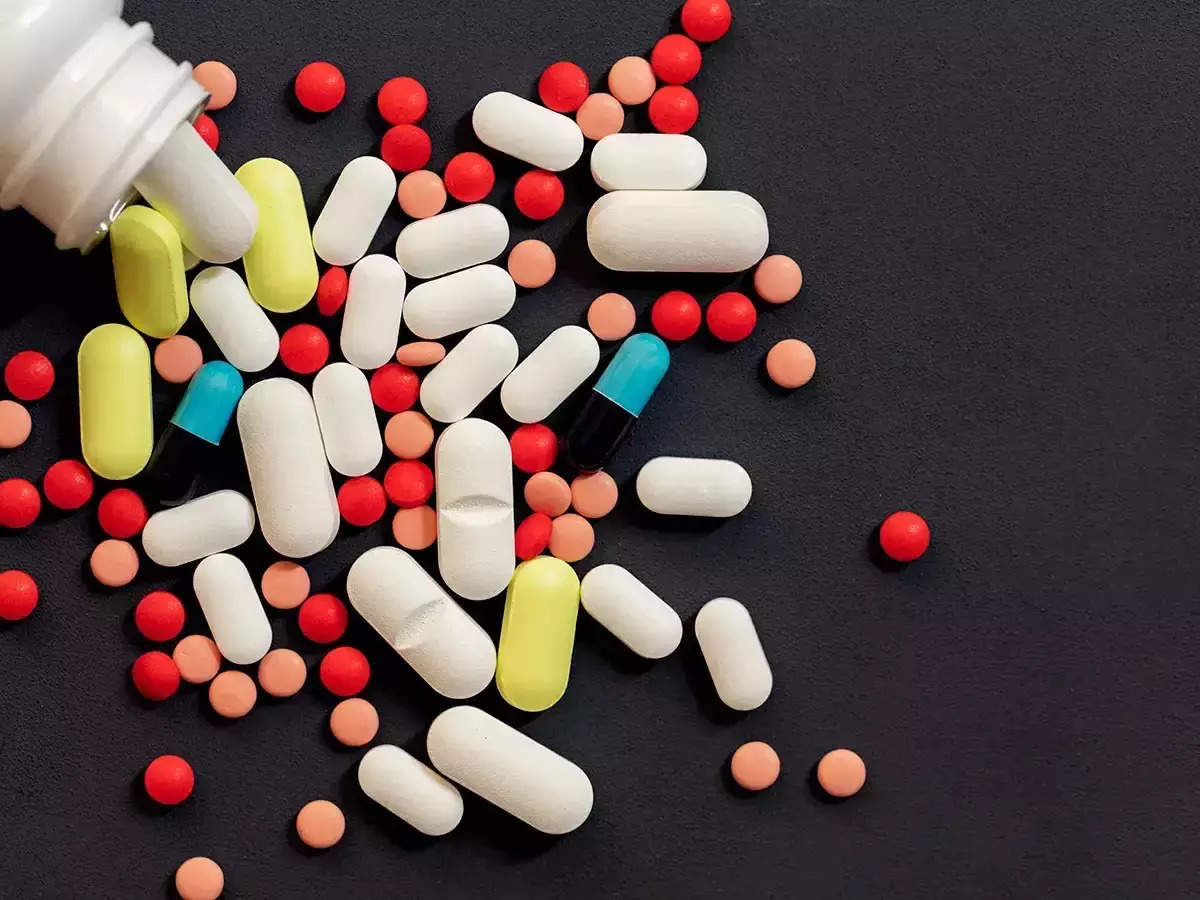Pharma Sector Q1 Review: Growth Led by US Market, gRevlimid Sales; India Growth Slips on Price Cuts, Muted Volumes

Pharma Sector Q1 Review: Growth Led by US Market, gRevlimid Sales; India Growth Slips on Price Cuts, Muted Volumes
All the major corporations’ domestic pharmaceutical sales growth will be mild. Higher gross and EBITDA margins will be the result of declining RM prices and improving US generic pricing circumstances. In FY24 and FY25, pharmaceutical businesses’ net earnings are anticipated to increase by 14% and 18%, respectively.
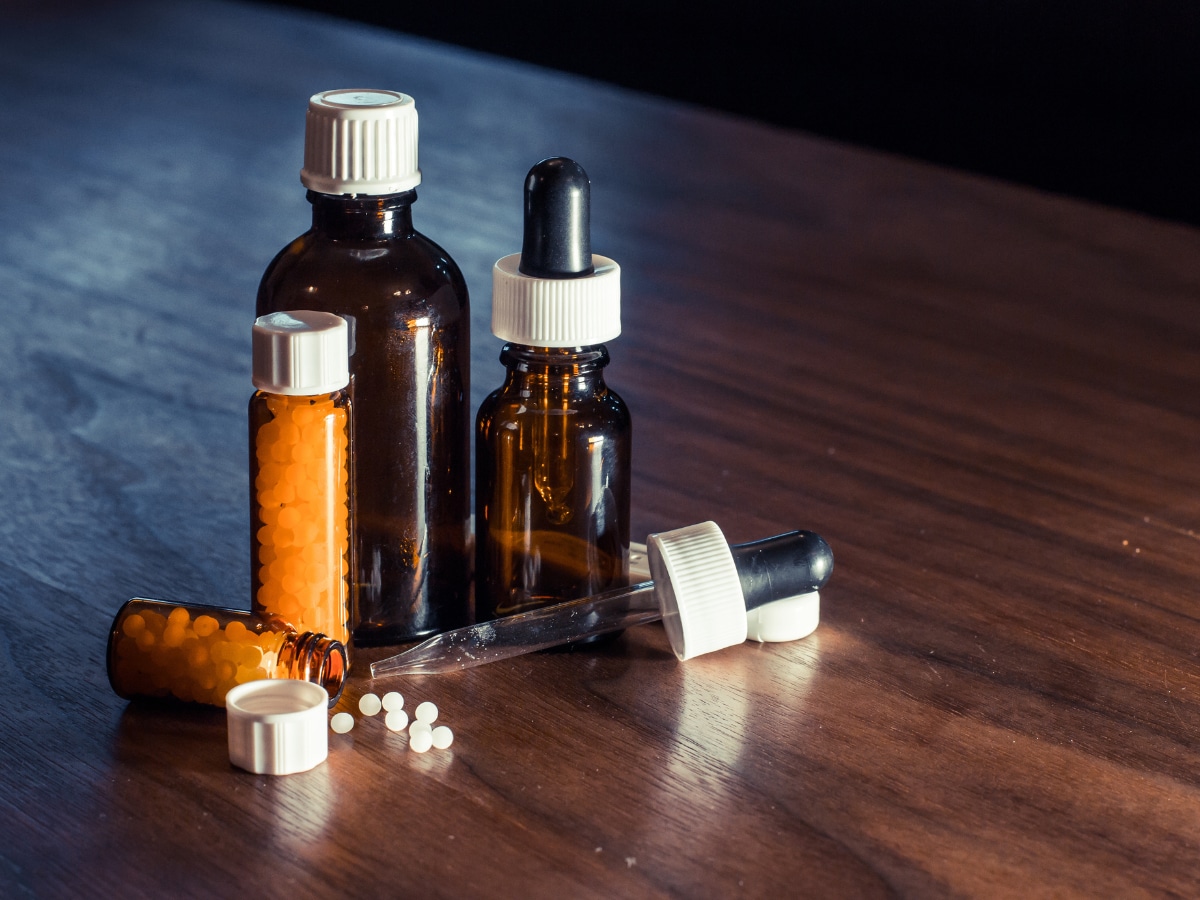
According to ICICI Securities, the pharmaceutical business showed sales increase of 16% year over year and 15% quarter over quarter to Rs 647.2 billion in Q1FY24. The US market and gRevlimid sales saw the most growth.
“Windfall from the ongoing drug shortages and traction in gRevlimid sales in the US drove 16 percent, 45 percent, and 41 percent on-year increase in revenue/EBITDA/PAT in Q1FY24 for the pharma companies under our coverage,” said Abdulkader Puranwala from ICICI Securities. While gross margins climbed by 300 basis points, aggregate EBITDA margins increased by 440 basis points on-year to 65.3% and 23.8%, respectively.
Due to product exclusivities in the US and a drop in raw material prices, the gross margin increased by 300 bps YoY to a 5-year high of 65.3% in Q1. “The improvement in overall operating performance drove a 41% YoY (a 24% QoQ) increase in combined profit for our coverage universe to Rs 94.9 bn.
Alembic Pharma, Lupin, and Strides recorded the fastest gain in EBITDA from a low base, while Dr. Reddy’s, Zydus Lifesciences, Cipla, and Sun Pharma saw similar growth that was mostly fueled by increased sales of gRevlimid, according to ICICI Securities.
Additionally, supply shortages caused by the exit of a few insolvent enterprises and a smaller degree of price erosion contributed to the US result. “Dr Reddy’s expanded the quickest inside our coverage universe, led by gRevlimid and improved quantities of current medications. Only Glenmark and Strides reported a decline on a sequential basis, it added.
While the US market dominated the pharma sector growth and would continue to do so for a few more quarters, India trailed behind because of NLEM-driven price increases and a decline in raw material prices, which are likely to further improve the margin profile starting in Q1FY24, according to ICICI Securities.
“The covered businesses’ India business expanded at a slower rate of 7% YoY to Rs 195.6 bn in Q1FY24 compared to the market growth of 9%. Mandatory price reductions on the NLEM portfolio and weak volume traction had an adverse effect on growth. Natco (up 50%) and Zydus (up 9%) profited from the local oncology market rebound, while M&As drove growth of 15% and 17% for JB Chemicals and Torrent Pharma, respectively.
Ajanta Pharma, Abbott India, and Cipla all had between 11 and 14 percent organic growth. With the exception of Abbott, MNC firms performed middlingly and had a 1-6% YoY increase in total sales, the report noted. The 12.2% price increase connected to the NLEM should increase domestic growth and profitability from Q2FY24 onward.

According to analysts, improved supply from China, the elimination of expensive inventory in the channel, and price growth in India will support future margin recovery. “We anticipate a significant rebound in US generic revenue over FY 2024–2025, supported by fresh product introductions from all the main firms. All the major corporations’ domestic pharmaceutical sales growth will be mild.
Higher gross and EBITDA margins will be the result of declining RM prices and improving US generic pricing circumstances. Purvi Shah, DVP – Fundamental Research, Kotak Securities Ltd., predicted that pharmaceutical firms’ net earnings will rise 14% in FY24 and 18% in FY25.
For the quarter that ended in June 2023, Mankind Pharma reported a 66.4 percent year-over-year increase in net profit to Rs 487 crore. Its sales was Rs 2,579 crore, up 18.3 percent. The company’s EBITDA was Rs 660 crore, increasing 43% year over year, with margins rising to 25.6% by 450 basis points.
Due to reduced profitability at Taro, Sun Pharmaceutical Industries reported fiscal first quarter earnings of Rs 2022.54 crore, a 1.9% decrease from Rs 2060.88 crore during the first quarter of FY23. It reported operating income of Rs 11,940.84 crore, an increase of 11% year over year. EBITDA for the firm came in at Rs. 3332 crore, partly due to higher-than-anticipated gRevlimid sales and reduced R&D expenses.
When compared to the same quarter of FY23, Cipla’s earnings increased by 45.1% to Rs 995.70 crore from Rs 686.40 crore. Based on performance in India, the US, and South Africa, it reported operating revenue of Rs 6,328.89 crore, an increase of 17.7% year over year from Rs 5,375.19 crore during the first quarter of FY23.
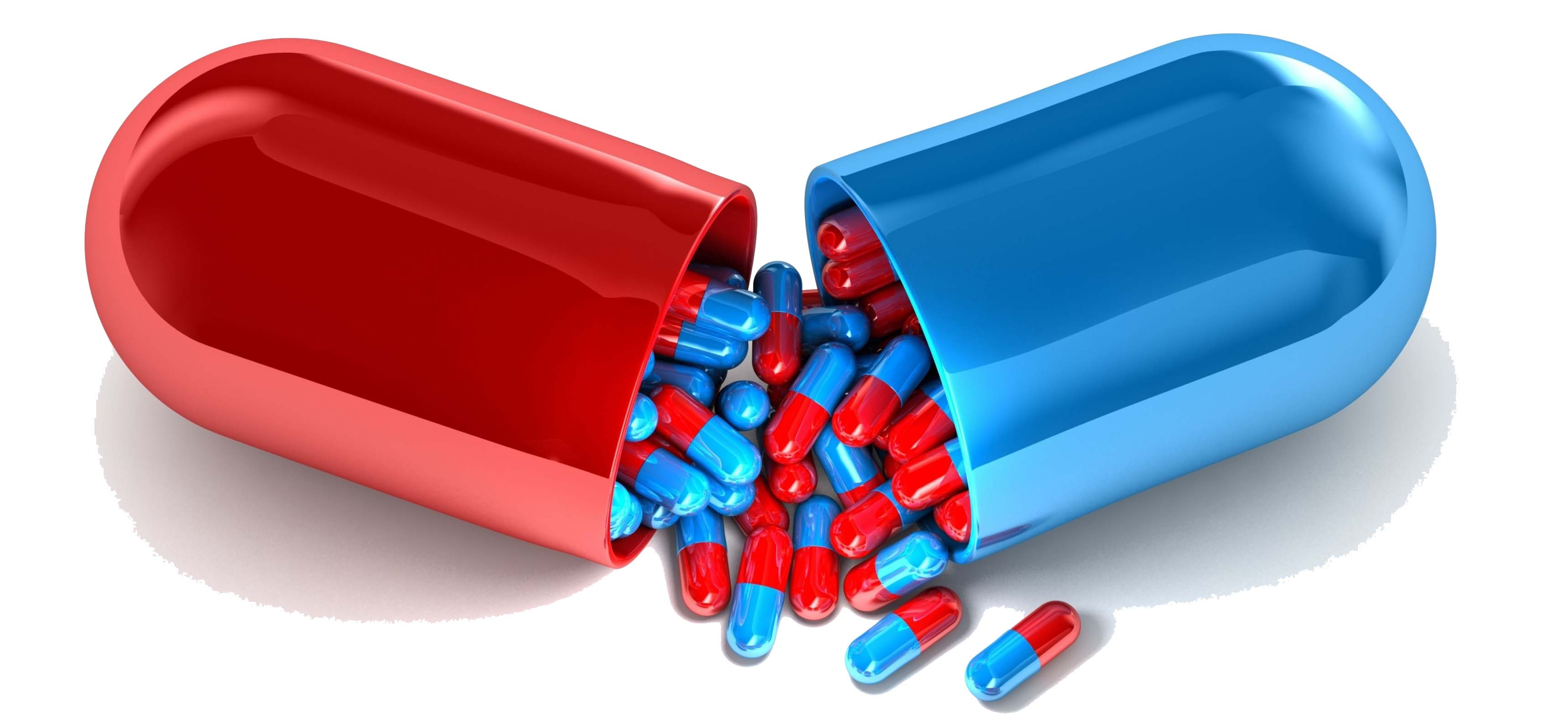
Zydus Lifesciences reported a profit for the first quarter of its fiscal year of Rs 1086.90 crore, up 109.7% from Rs 518.30 crore during the same quarter of FY23. It reported operating income of Rs. 5139.60 crore, an increase of 29.6% over the previous year. EBITDA for the business was Rs 1505.3 crore.
Strides Pharma’s Q1 sales decreased by 1% YoY to Rs 932 crore from Rs 945.7 cr in Q1FY23.Additionally, due to cost-cutting measures, the firm posted its highest-ever EBITDA of Rs 168.6 crore in Q1FY24, up from Rs 65.7 crore in Q1FY23. According to the report, important firms produced stable performance as a consequence of considerable cost-cutting efforts, which boosted operational leverage.
In the first quarter of FY24, Lupin Ltd reported a profit of Rs 453.33 crore as opposed to a loss of Rs 86.82 crore in the equivalent period of FY23. It reported operating revenue of Rs 4814.06 core, an increase of 28.6% from Rs 3743.84 crore in Q1FY23. EBITDA for the business was Rs 879.10 crore.
Dr. Reddy’s Q1FY24 profit increased 18% from Q1FY23’s PAT of Rs. 1,187.6 crore to Rs. 1,402.5 crore. Sequentially, from Rs 959.2 crore in Q4, the profit increased by 46%. Profitability for the pharmaceutical giant was aided by increased gRevlimid sales and the Mayne merger. Additionally, Dr Reddy’s recorded a 29% YoY increase in sales to Rs 6,738.1 crore.

The pharmaceutical sector has always been a dynamic field, with constant changes, innovations, and market shifts. The first quarter of this year has been a mixed bag for the sector globally. While the U.S. market has shown substantial growth, primarily led by sales of the cancer drug gRevlimid, the Indian market has experienced a downward trend due to price cuts and subdued volumes. This article aims to provide a comprehensive review of the pharmaceutical sector’s performance in Q1.
One of the highlights of Q1 for the pharmaceutical sector was the robust growth of gRevlimid sales in the U.S. This medication, commonly used in the treatment of multiple myeloma, has shown impressive sales figures that exceeded market expectations.
Multiple factors contributed to this success, including the drug’s efficacy, strategic marketing, and increased awareness of myeloma treatments. The consistent sales of gRevlimid have substantially increased the revenues for companies holding its patents and licenses.
The generic drug market in the U.S. also displayed a growth trend in the first quarter. Competitive pricing and the rising acceptance among consumers have contributed to this segment’s growth. This has led to increased market shares for manufacturers focusing on generic drug production, making them some of the quarter’s standout performers.
The U.S. market has also seen significant investments in Research & Development activities. Firms have been focusing on a pipeline of new drugs and therapies, thanks to increased funding and favorable policies. This investment in R&D is a positive indicator for future growth in the pharmaceutical sector.
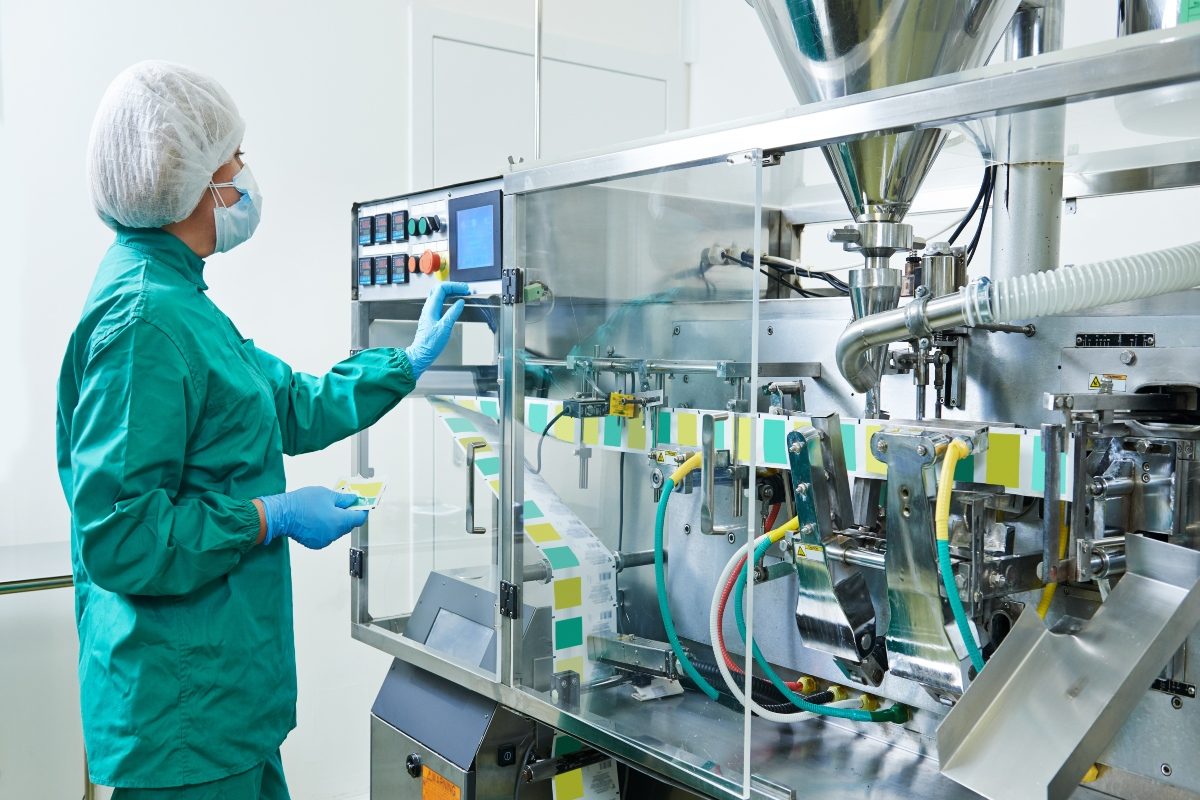
The Indian market has been going through a challenging phase, mostly due to the recent regulatory price cuts on essential medications. This move was aimed at making healthcare more accessible but has resulted in shrinking profit margins for pharmaceutical companies. Several key players have seen a dip in revenues and are contemplating restructuring strategies to cope with the losses.
Another concern for the Indian pharma sector has been the reduced volumes. A slow rate of adoption for new drugs and a reduced demand for generics has led to a muted market response. This has raised questions about the sector’s ability to maintain its growth trajectory in the coming quarters.
Traditionally, the Indian pharmaceutical sector has been strong in exports, especially to countries in Africa and Asia. However, stringent regulations and quality compliance issues have affected the export volumes in Q1. This adds to the list of concerns for companies looking for revenue growth from overseas markets.
The pharmaceutical sector in Q1 has shown a contrasting performance in different markets. While the U.S. market continues to soar with significant growth in specialized medication sales like gRevlimid, the Indian market faces hurdles like price cuts and muted volumes. Companies operating in these markets need to adapt quickly to these changing landscapes.
Firms in the U.S. should look to sustain their R&D investments for future growth, while those in India may need to rethink their business models to navigate through these challenging times.
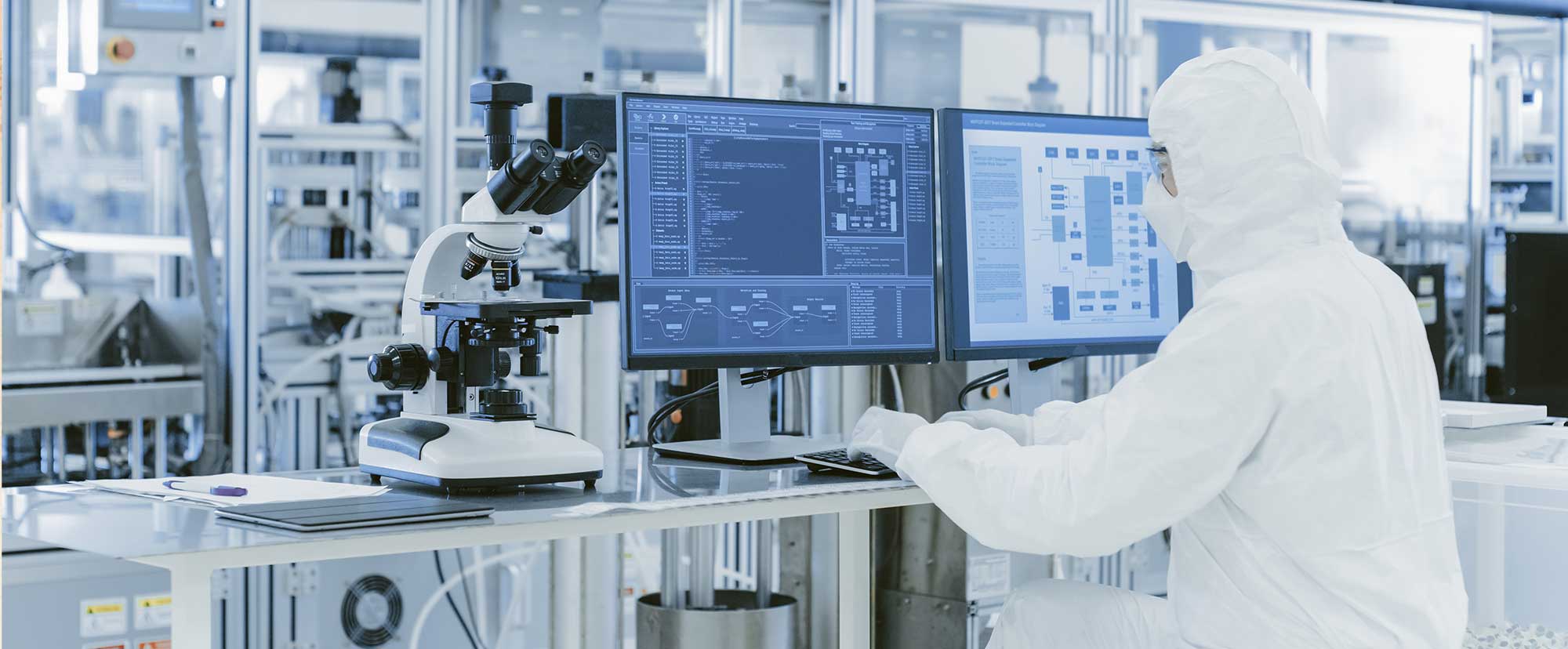
The next few quarters will be crucial in determining whether the current trends are anomalies or indicators of long-term shifts in the global pharmaceutical landscape. Regardless, adaptability and innovation will remain key factors in the sector’s success.

